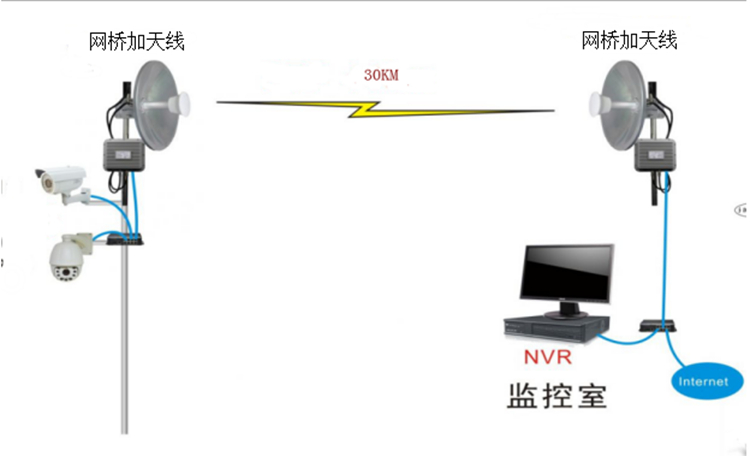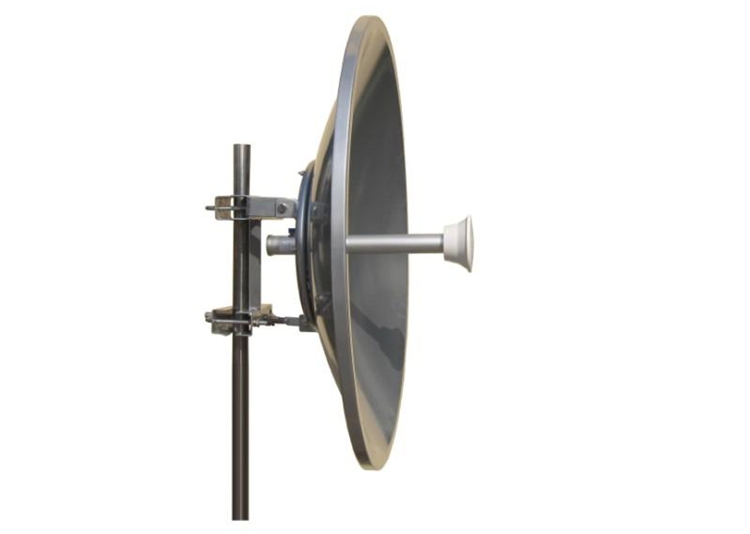We know that the signal generated by the wireless bridge must be transmitted through the antenna, so the antenna has an indispensable position in the wireless monitoring system. To solve the problem of routing coverage, most people choose high-gain antennas, but some users do not know much about high-gain antennas and do not know what is the difference between high-gain antennas and ordinary antennas. The following editors explain it in the form of a question and answer .
1.What is the antenna gain?
Antenna gain refers to the ratio of the power density of the signal generated by the actual antenna and the ideal radiating unit at the same point in space under the condition of equal input power. It quantitatively describes the degree to which an antenna concentrates input power to radiate. The gain is obviously closely related to the antenna pattern. The narrower the main lobe of the pattern, the smaller the side lobe, and the higher the gain. Antenna gain is used to measure the antenna's ability to send and receive signals in a specific direction. It is one of the most important parameters for selecting a base station antenna.
2.What is the difference between a high-gain antenna and an ordinary antenna?
The difference between high-gain antennas and ordinary antennas is that high-gain antennas have higher gains and can be farther away, but sacrifice the lobe width; ordinary antennas have lower gains and closer distances, but the lobe width is the coverage area around them. bigger. A typical example is a satellite antenna. The gain is high, but it is only effective for the front direction. The angle is very small, and the directional antenna of the base station can cover a range of 120 degrees.
3.What is the relationship between antenna gain and wireless bandwidth?
Generally, because the size of the gain is inversely proportional to the wireless bandwidth, that is, the larger the gain, the narrower the bandwidth; the smaller the gain, the larger the bandwidth. Therefore, larger gain antennas are mainly used for long-distance transmission, while smaller gain antennas are more suitable for applications with large coverage areas of wireless signals.
4.Relationship between antenna gain and antenna angle
The relationship between antenna gain and antenna angle is: the smaller the antenna angle, the larger the gain; the larger the antenna gain, the smaller the antenna angle will be.
5.The role of the gain antenna
In wireless monitoring equipment, the antenna gain is not only one of the most important parameters of the antenna, but also very important to the operating quality of the wireless monitoring system. Increasing the antenna gain can increase the signal coverage in a certain direction, or the range is unchanged , But the signal strength in this range increases.
Of course, the signal strength of wireless monitoring equipment is not only related to the gain of the antenna, but also to the material and quality of the antenna. To make the most of the stability of the wireless bridge, the software and hardware on the device need to be worked hard.




